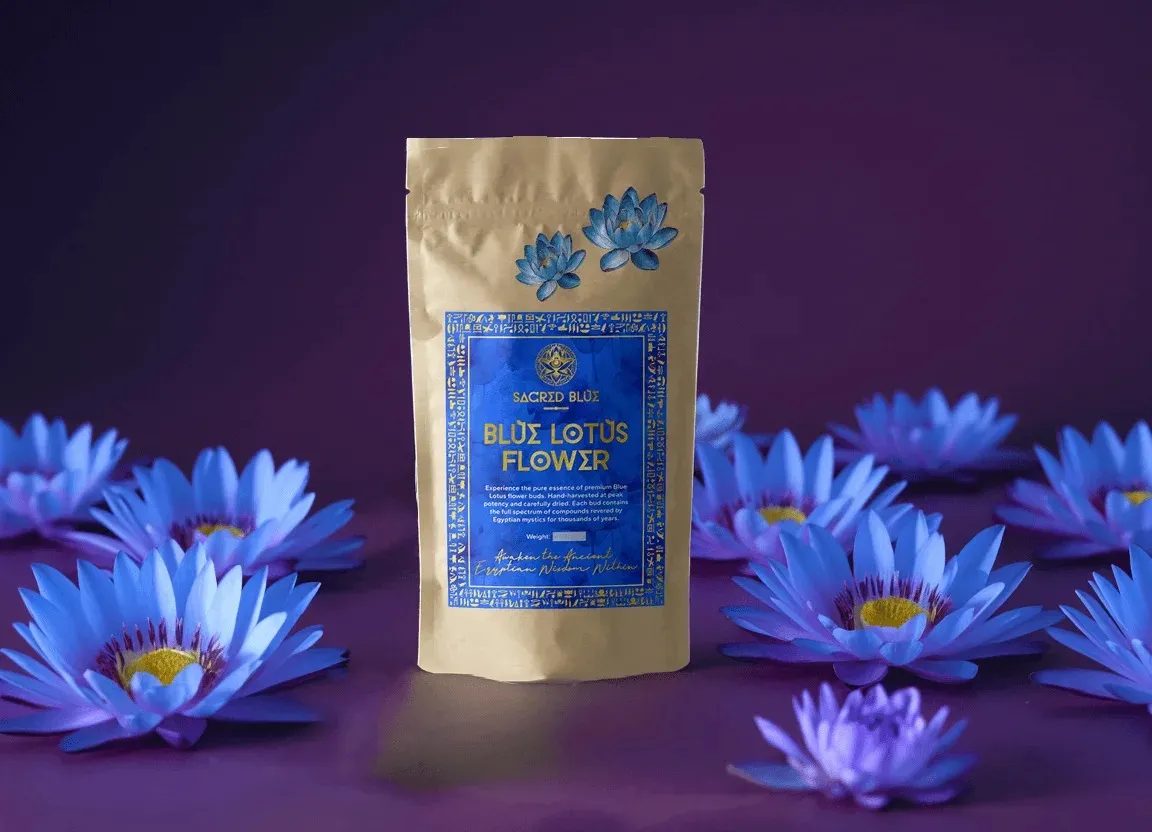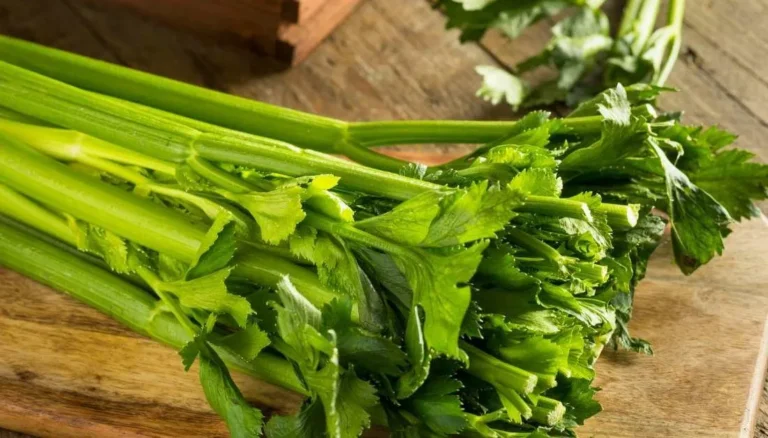The Enchanting World of Blue Lotus Flowers
Blue lotus flowers, known scientifically as Nymphaea caerulea, have captivated human hearts and minds for thousands of years. With their vibrant blue petals, gentle fragrance, and deeply spiritual symbolism, these aquatic blooms are far more than just a beautiful sight — they’re a cultural, spiritual, and botanical marvel.
In ancient Egypt, blue lotus flowers were revered as sacred. They symbolized rebirth, transformation, and the divine. Artwork, carvings, and hieroglyphs often depict gods and pharaohs surrounded by this mystical flower. Today, the blue lotus flowers continue to draw interest from herbalists, natural wellness enthusiasts, and spiritual seekers looking to experience their calming and euphoric effects.
A Brief History of the Blue Lotus
The origins of blue lotus stretch back to the Nile River, where it grew naturally in marshlands and ponds. Egyptian priests believed it was a symbol of creation and used it in religious rituals and burial practices. Because the flower opens in the morning and closes at night, it became a symbol of the sun god Ra and eternal life.
Outside Egypt, the flower made its way into Indian, Thai, and Mayan traditions, gaining status as a plant of mysticism and meditation. In modern times, it has reemerged as a sought-after botanical for natural remedies, teas, tinctures, and even smoke blends.
What Makes Blue Lotus So Special?
While its appearance is striking — with large, bright blue petals and a golden-yellow center — the real value of blue lotus lies in its alkaloid content, mainly apomorphine and nuciferine. These compounds are known to promote a sense of calm, reduce anxiety, and gently elevate mood.
Unlike harsh pharmaceuticals or even some strong herbal remedies, the blue lotus offers a subtle, non-addictive and natural experience. Many people report a mild sense of euphoria, increased awareness, and even enhanced dreaming when consumed as a tea or extract.
Blue Lotus in Modern Wellness Practices
As the wellness movement grows, people are increasingly turning to ancient remedies for mental clarity, emotional balance, and spiritual insight. Blue lotus fits perfectly into this trend. Here are a few popular uses today:
1. Relaxation & Stress Relief
Blue lotus is commonly brewed into tea or used in aromatherapy to promote relaxation. Its sedative-like effects help ease the mind, making it popular among those with anxiety, insomnia, or high stress.
2. Meditation & Spiritual Practice
Because of its history in sacred rituals, many use blue lotus during meditation or breathwork sessions. It’s thought to enhance intuitive thinking and open the third eye.
3. Natural Aphrodisiac
Historically considered an aphrodisiac, blue lotus may increase blood circulation and heighten sensations — another reason it’s been used in both ceremonial and romantic contexts.
4. Lucid Dreaming
One of the most fascinating modern uses of blue lotus is for lucid dreaming. When taken before sleep, users have reported more vivid, meaningful dreams and a heightened state of awareness while dreaming.
Forms of Consumption
There are several ways to enjoy the benefits of blue lotus, each offering a slightly different experience:
Dried Flowers
These can be steeped into tea, smoked, or soaked in wine — a traditional Egyptian method believed to enhance its euphoric properties.
Tinctures and Oils
Liquid extracts offer a concentrated version of the flower’s compounds, often taken under the tongue or added to drinks.
Incense and Essential Oils
For a more ambient approach, blue lotus incense or essential oils can be used to fill a room with its calming aroma, perfect for meditation or relaxation.
Growing Blue Lotus at Home
Believe it or not, you can actually grow your own blue lotus at home. As an aquatic plant, it thrives in ponds, containers, or even indoor water gardens with the right care.
- Sunlight: Needs at least 4–6 hours of full sun daily.
- Water Depth: Should be planted in containers submerged in shallow water (6–18 inches deep).
- Temperature: Prefers warm, tropical climates but can be grown indoors in colder regions.
Though it takes patience, cultivating blue lotus can be a rewarding and meditative process.
Ethical and Sustainable Harvesting
With rising demand, it’s important to ensure that the blue lotus products you use are sustainably and ethically sourced. Overharvesting in natural habitats can lead to environmental degradation. Always look for suppliers that focus on organic, eco-friendly, and fair-trade practices.
This is why platforms like Blue Lotus Extract are becoming trusted sources for conscious consumers. They offer high-quality, lab-tested products that respect both the plant and the planet, while educating users on responsible use.
Final Thoughts
The allure of the blue lotus flower goes far beyond its outward beauty. It carries with it a rich tapestry of mythology, healing potential, and spiritual depth. In a world that’s increasingly noisy and fast-paced, this ancient flower offers a gentle reminder of tranquility, transformation, and balance.
Whether you’re new to the world of herbal wellness or a seasoned spiritual explorer, the blue lotus invites you into a sacred space of calm and introspection. As always, start small, source ethically, and let the flower guide you into its timeless, sacred wisdom.






